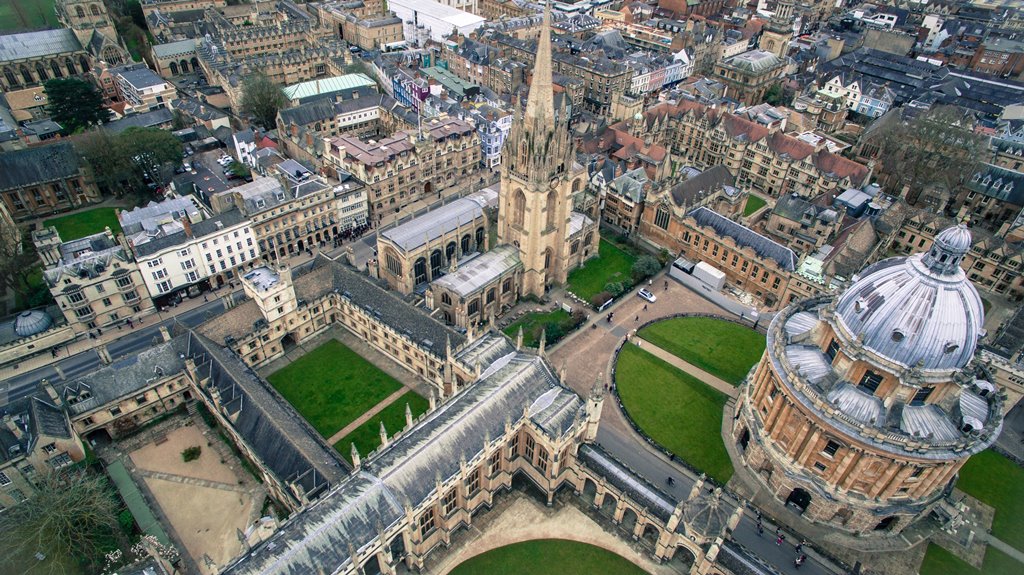In a current visit to India, Fiona Docherty, vice president of external affairs at Sydney’s University of New South Wales (UNSW), maps out education overdrive plans for Indian students at this institution.
UNSW has been innovative in the education sector as it undertook open days in India where four metro areas were covered.
Potential learners and parents had the opportunity to interact with the teaching staff as well as get first-hand information about educational opportunities, visa procedures, admissions, and recruitment chances.
Australia-India education partnership
UNSW has made an incredible partnership with India’s Manipal University whereby exchange curriculums and creation of new degrees have been encouraged.
For example, creative models are implemented where students can finish their course partly in India and the remaining segment in UNSW. Additionally, learners at UNSW have been provided with the opportunity to become part of Manipal University’s fraternity.
UNSW has also been expanding its Indian scope through the cultivation of new collaborations with institutions such as Jindal Global University and Narsee Monjee Institute among others.
The exposure presented to students from both nations is exceptional. For instance, learners from Indian Institute of Technology (IIT) Ropar are presently undertaking a project at UNSW. Later on, students from UNSW will have the chance to visit IIT Ropar.
A bright future is being developed because the Australia-India partnership is beneficial in both ways.
UNSW’s education attractiveness
Australia has crafted an incredible reputation given that it has various exceptional universities ranked among the top fifty (50) universities worldwide.
This outstanding public image has made Australian education institutions more attractive to Indians as compared to those in the UK and US-based on stringent measures.
UNSW enjoys an excellent reputation because it is seventy (70) years-old.
As a result, its attractiveness to Indians has been growing at an impressive rate. Currently, UNSW has twelve hundred (1200) Indian students as compared to three hundred (300) five years before.
The notion depicted is that Indian students are provided with value for their money at UNSW. Notably, Indian students prefer Australian education institutions to their UK counterparts.
India’s education system
India’s fame in the education sector is founded on finance and business courses. This is because of the presence of financial hubs such as Mumbai.
As a result, students from different parts of the worldwide prefer undertaking these courses in India and Australian learners are not an exemption.
Moreover, an outstanding trading partnership exists between Australia and India and this has propelled the exchange program trend.
Australian engineering students are also enticed by India’s IITs.
Some of the scholarships available include ‘Future of Change’ where Indian students are presented with a tuition fee waiver worth ten thousand Australian dollars (AUS $ 10,000) annually.
Education partnerships are continuously thriving as innovative concepts such as education gamification geared towards boosting the learners’ outcomes are being implemented.
What are IITs?
The Indian Institutes of Technology (IITs) are autonomous public institutes in India that are governed by the Institutes of Technology Act, 1961. As institutions of national importance, they are autonomous and enjoy powers, duties, and framework for governance.
The Institutes of Technology Act 1961 lists twenty-three institutes (after the last amendment in 2016). Each IIT is linked to the others through a common council (IIT Council), which oversees their administration.
The Minister of Human Resource Development is the ex officio Chairperson of the IIT Council. As of 2018, the total number of seats for undergraduate programs in all IITs is 11,279.
With this Australia-India collaboration, India is not far from ascending the roster of top countries with well-developed researchers for science and technology.
UNSW is one of Australia’s leading research and teaching universities. Out of all Australian universities, it has the highest median Australian Tertiary Admission Rank (ATAR) and attracts the highest number of top 500 students. An ATAR of eighty (80.00) means that you are twenty (20) percent from the top of your age group (not your Year 12 group).
UNSW is holding a Diversity Fest, a week-long celebration from 23 – 27 September “bringing students and staff together to embrace the diversity of our UNSW community and ignite broader conversations on creating an inclusive society, where everyone can participate.”
Diversity Fest is a UNSW initiative by the Division of Equity Diversity & Inclusion.







